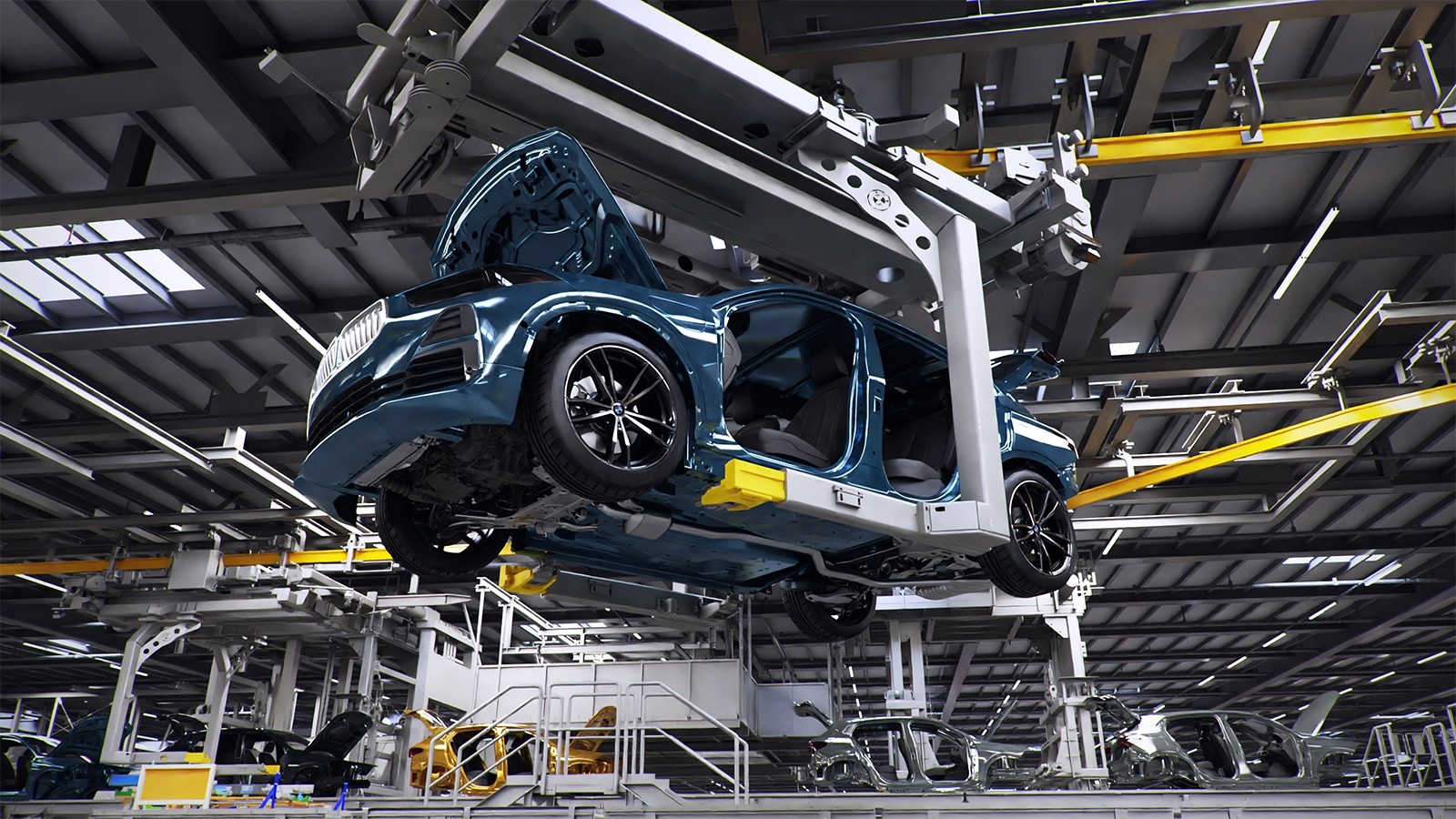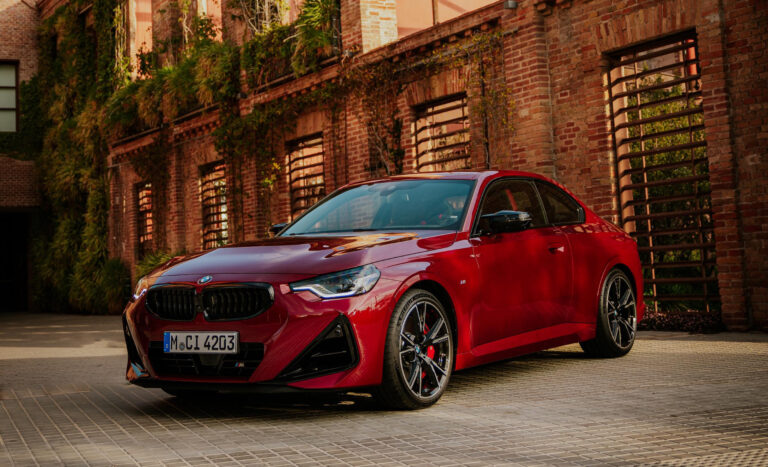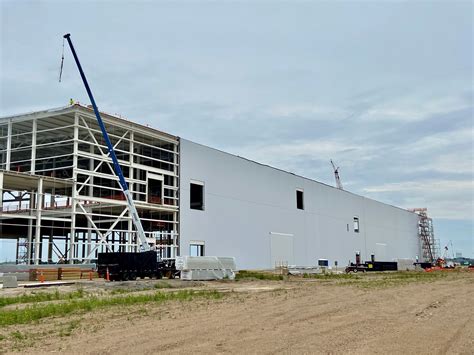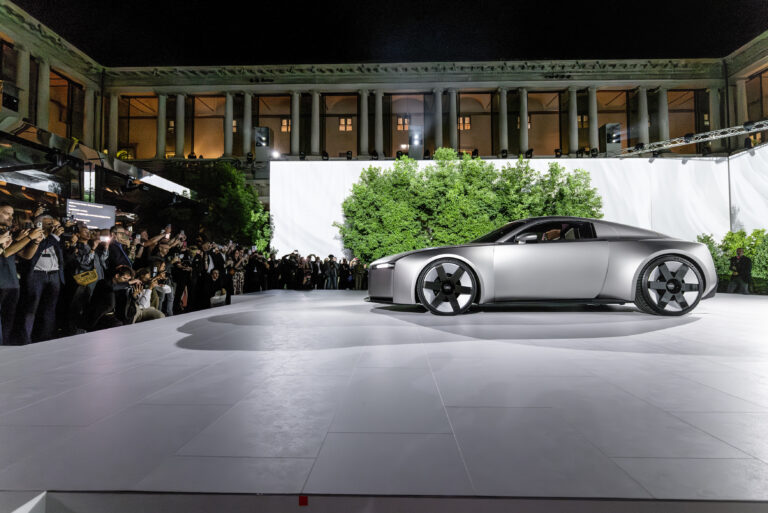Which Automakers Are Building U.S. Factories to Dodge Trump’s Tariffs?
Tariff impact drives Audi, Hyundai, and GM to build new U.S. factories. Here’s what it’ll cost, who benefits, and why your next car might be less imported than you think.

Foreign carmakers are stampeding into the U.S. to dodge Trump’s 25% import tax. But are these factories patriotic job creators or just political decoys with billion-dollar price tags?
Why does this car story matter right now?
Because your next German-engineered luxury car might soon be assembled in Alabama, not Ingolstadt. Trump’s latest trade bomb a sweeping 25% tariff on imported vehicles has lit a fire under every automaker with a showroom full of foreign badges. Audi, Hyundai, GM, even Honda are now stampeding toward U.S. factory floors, desperate to avoid the taxman and maybe earn a few bonus points with whoever holds the White House key next.
Audi, for example, is reportedly eyeing a new U.S. plant with a price tag just north of $4.6 billion. The idea? Build cars where you sell them, avoid tariffs, and don’t poke the political bear. The catch? It takes 3–6 years to go from blueprint to bolted steel, and by then, the policy pendulum might swing again. Still, Audi isn’t alone. GM is pledging $4 billion to shift some production stateside. Hyundai is throwing $21 billion at American soil through 2028. Honda’s already rerouting Civic Hybrid production to Indiana, and even Stellantis has un-cancelled a shuttered Illinois factory to build pickups instead of broken dreams.
So yes, it’s a frenzy. But don’t mistake movement for progress.

How does it compare to rivals?
Let’s be honest: nobody wants to build a billion-dollar factory just to make political peace. But some carmakers are better positioned than others. Ford, for example, already has its $5.6 billion Blue Oval City plant coming online in Tennessee next year perfectly timed to dodge the tariff sledgehammer. Meanwhile, GM’s investments will help it rehome production from Mexico, where cars may now cost a small fortune to import.
Japanese brands like Toyota and Honda have long hedged their bets with U.S. plants, so they’re not starting from scratch. Hyundai, on the other hand, is scaling rapidly with a target to build 1.2 million vehicles in the U.S. annually. And then there’s Volkswagen Group. With VW already assembling in Tennessee, it’s looking to copy-paste that model for Audi and Porsche though nothing’s been confirmed. Even Volvo, the Swedish brand now owned by China’s Geely, is sniffing around the idea of building more cars in America.
In short: the smart ones are moving early. The slower ones will pay dearly.

Who is this for and who should skip it?
If you’re a car buyer wondering whether this benefits you don’t hold your breath. Factories take years to build, and the vehicles they produce won’t hit dealerships until late in the decade. In the meantime, tariff impact means one thing: higher prices. That shiny German crossover you’ve been eyeing? Add 25% to the MSRP and call it a patriotic surcharge.
This news is good for Midwest governors, factory towns desperate for jobs, and politicians looking for ribbon-cutting photo ops. It’s also a big win for suppliers of interior tech, batteries, and logistics because once a car is made in America, it needs an all-American supply chain to back it up.
But if you’re a consumer, don’t expect sudden savings. Automakers don’t eat tariffs. They pass the bill to you with leather seats and financing options.

What’s the long-term significance?
In theory, this should be a renaissance for American manufacturing. But factories are only part of the story. They require skilled labor, reliable infrastructure, and political stability three things currently in short supply.
Still, if Trump’s tariff regime sticks (and that’s a big “if”), this could trigger the largest reshoring of vehicle production since NAFTA. It’s not just about building SUVs on U.S. soil it’s about control. Control over parts, pricing, and political perception. Expect more vehicles with suspiciously vague badging like “Final Assembly: USA,” even if the drivetrain flew in from Korea.
Cost-wise, these projects range from half a billion to over $20 billion, with Hyundai’s American blitzkrieg leading the spending leaderboard. Most will take 3–7 years before any sheet metal rolls out the doors. In the meantime, expect more press conferences, more corporate bows, and maybe, just maybe, a new era of “Made in America” actually meaning something in the car world.
Like what you’ve read? Stay in the driver’s seat with more insider automotive insights. Follow @NikJMiles and @TestMiles for stories that go beyond the press release.







